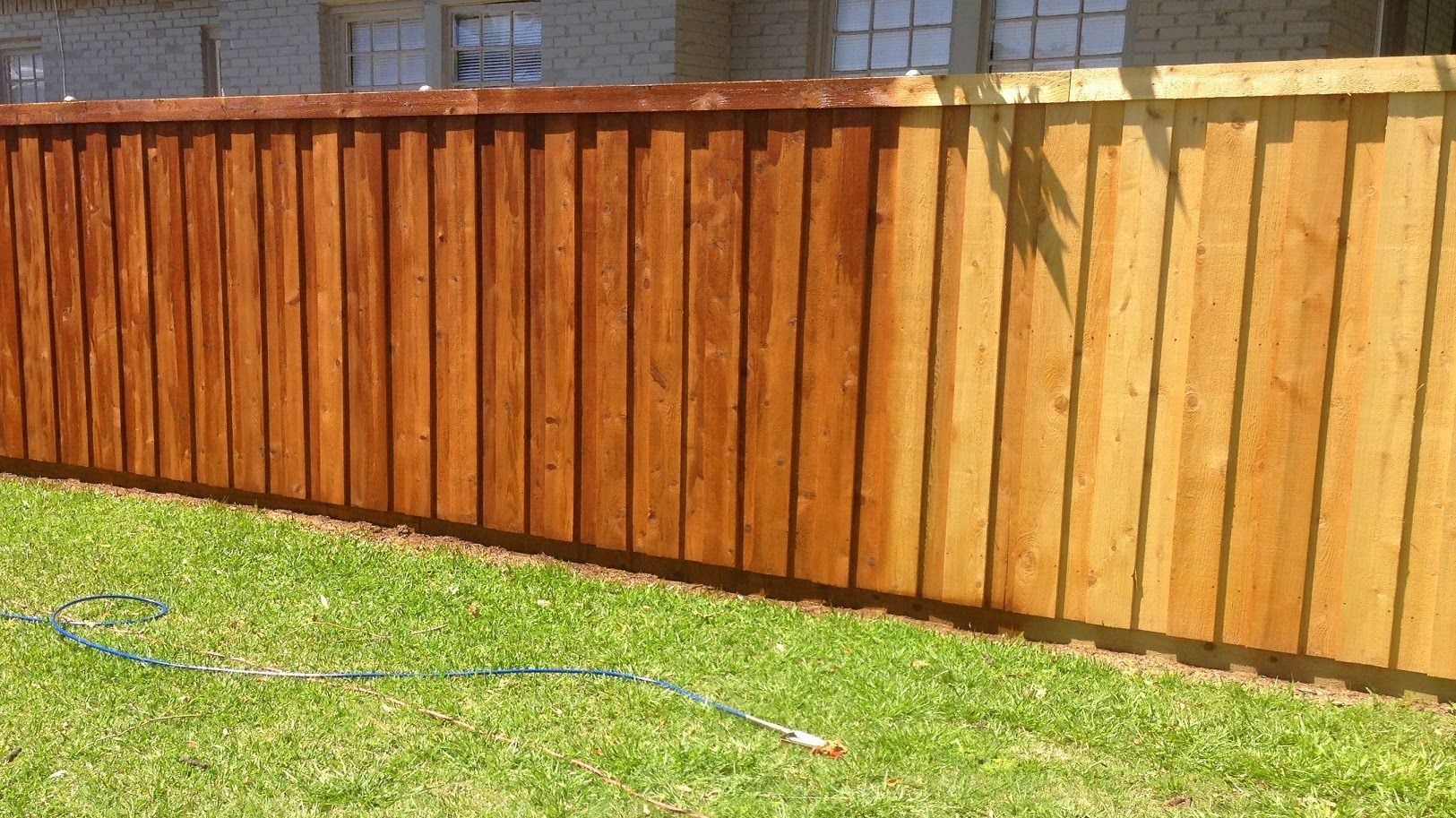Fence and Deck Staining
Is it important to stain and seal my fence and deck?

Maintaining the beauty and integrity of wooden fences and decks is essential for homeowners who want to protect their outdoor spaces from the elements. Staining and sealing wooden structures not only enhances their appearance but also significantly extends their lifespan. Understanding when to carry out this important maintenance task is key to ensuring your fence or deck remains in top condition. In this blog, we’ll explore the ideal circumstances for staining and sealing, the steps involved, and why timely treatment matters.
The Importance of Staining and Sealing
Staining and sealing a wooden fence or deck serves multiple purposes. First and foremost, it provides protection against moisture, which can lead to rot and decay. Water can penetrate the wood, causing it to warp or crack, especially in climates with fluctuating temperatures. Additionally, UV rays from the sun can cause the wood to fade and lose its appeal over time. Staining helps to block these UV rays, preserving the wood’s natural beauty.
A well-stained and sealed deck or fence can also resist mold and mildew growth, which can be particularly problematic in humid environments. By regularly maintaining your wooden structures, you can avoid costly repairs and replacements in the future.
When to Stain and Seal
- Newly Installed Wood: If you’ve just installed a new wooden fence or deck, it’s crucial to stain and seal it within the first few months. New wood tends to absorb moisture quickly, which can lead to issues in the future. Before applying stain or sealant, allow the wood to dry completely. This typically takes about two to three months, depending on the humidity and weather conditions. During this time, you can monitor the wood for any signs of movement or warping.
- Weather Conditions: Timing your staining and sealing projects according to weather conditions is vital. Ideally, choose a day when the temperature is between 50°F and 85°F (10°C to 30°C) with low humidity. Avoid rainy days or periods when rain is expected within 24-48 hours after application. Moisture can wash away freshly applied stain and sealant or prevent them from adhering properly.
- Signs of Wear and Tear: Regular inspection of your wooden fence or deck is essential in determining when to reapply stain and sealant. Look for signs such as fading color, peeling, or cracking. If water does not bead on the surface but rather soaks in, it’s a clear indication that your wood needs to be stained and sealed. You might also notice mold or mildew growth, indicating that moisture has penetrated the wood.
- Annual Maintenance: Many experts recommend performing a visual inspection of your fence or deck once a year. Depending on your local climate, you might find the need to stain and seal every two to three years. In harsher climates—particularly those with extreme temperatures and high humidity—more frequent maintenance may be necessary. On the other hand, if you live in a drier climate, you may find that your wood lasts longer between applications.
How to Stain and Seal
Once you’ve determined it’s time to stain and seal your wooden fence or deck, follow these steps for optimal results:
- Preparation: Begin by cleaning the area thoroughly. Use a power washer to remove dirt, debris, and any previous coatings, or scrub with a broom and a mixture of warm water and mild detergent. Make sure to allow the wood to dry completely before proceeding.
- Choose the Right Products: Select a stain and sealant that suits your specific needs. For decks, opt for a penetrating stain that provides both color and waterproofing. For fences, consider a transparent or semi-transparent stain that enhances the natural grain of the wood. Always read labels to ensure compatibility and effectiveness.
- Application: Using a brush, roller, or sprayer, apply the stain evenly across the surface, starting at one end and working your way to the other. Follow the grain of the wood to ensure thorough coverage. Be mindful of drips and take care to spread them out for a uniform appearance. Depending on your desired finish, you may want to apply multiple coats, allowing each coat to dry completely before applying the next.
- Drying and Curing: After application, let the stain and sealant cure as per the product instructions. This timeframe could range from several hours to a couple of days, depending on humidity and temperature.
- Regular Maintenance: Keep up with annual inspections and cleanings, reapplying stain and sealant as necessary to keep your wooden structures healthy and attractive.
Conclusion
Knowing when to stain and seal your wooden fence or deck is essential for maintaining its integrity and beauty. Timely treatments protect against moisture, UV damage, and pests while ensuring your outdoor space remains enjoyable for years to come. By being proactive with inspection and maintenance, you can extend the lifespan of your wooden structures and avoid costly repairs in the long run. So, take the time to care for your investment, and your fence or deck will serve you well through many seasons. Whether you’re maintaining a beloved outdoor gathering place or simply enhancing your home’s curb appeal, regular staining and sealing will keep your wooden features looking fresh and protected.
Book a Service Today
We will get back to you as soon as possible
Please try again later
Quick & Reliable
We are available in Lubbock and surrounding area.
Location
Call
Lubbock's most trusted handyman. Give us a call to discuss your next Handyman project.
Navigation
Services
Working hours
- Mon - Fri
- -
- Saturday
- -
- Sunday
- Closed
All Rights Reserved | Company Name | Powered by Snapps
